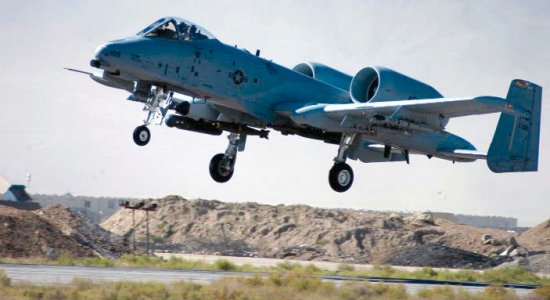
Bagram A-10s surge for summer offensives
BAGRAM AIRFIELD,
Afghanistan —
Six U.S. and Coalition troops peer out from a remote position on a ridge top in Afghanistan. At sunset on the third day of their vigil, a large force of Taliban extremists carrying heavy machine guns and rocket- propelled grenades surround and pin the team down.
By design, an Air Force joint tactical air controller is with the team. His job is to direct strike aircraft to targets on the ground. The situation on the ridge line is desperate until an Air Force pilot flying an A-10 Thunderbolt II in the vicinity contacts him. Helping the A-10 pilot find and target his attackers on the ground, the JTAC stays in radio contact, except when forced to pick up his weapon and fire at the enemy closing in.
“Fifty minutes later the remaining enemy retreated and (the JTAC) and his team walked off that ridge to resupply and fight again the next day,” said Air Force Lt. Col. Keith McBride, commander of the 81st Expeditionary FighterSquadron. McBride, an A-10 pilot, uses this real-life story to illustrate his point that the A-10 is saving lives in Afghanistan.
“There have been numerous occasions where our troops have been taking heavy fire and we show up and either our presence ends the engagement or we employ against enemy positions and end the engagement,” said Air Force Col. Tony Johnson, the 455th Expeditionary Operations Group commander and an A- 10 pilot himself.
Flying hours and the amount of bombs and bullets expended by A-10 pilots here have increased all summer due to two offensives by ground forces against the enemy. Operations Mountain Lion and Mountain Thrust flushed Taliban extremists out of where they normally hole-up, exposing them to U.S. and Coalition forces on the ground, who called on A-10 pilots to provide close air support.
“The increase in weapons deliveries is primarily because U.S. and Coalition operations have carried the fight to the extremists,” said Air Force Brig. Gen. Christopher Miller, 455th Air Expeditionary Wing commander. One of his jobs is to advise Army Maj. Gen. Benjamin Freakley, Combined Joint Task Force-76 commander, on the use of combat aircraft in Afghanistan.
“Where extremists have attacked the Afghan people and their infrastructure, we have helped defend them, and we have carried the fight to the enemy, to push them back and reduce their ability to carry out further attacks,” Miller said. “The whole A-10 team, from the Airmen who launch them, to the pilots who fly them, should be proud. They are saving the lives of Americans and many others they don’t even know—and in the big picture, they’re enabling the security Afghanistan needs to rebuild into a society where terrorists can’t flourish.”
The A-10’s ability to precisely hit targets also lends itself well to U.S. forces engaged in re-building Afghanistan, Johnson said. Preservation of infrastructure and limiting damage on the ground are crucial, since the country of Afghanistan is not the enemy.
“We’re also re-building a country,” he said. “I don’t know what other airplane would be better at this than the A-10.”
The A-10 was originally designed around its 30-mm gun, designated the GAU-8. The gun is more of a small artillery piece – firing huge bullets into target areas at a rate of 65 per second. The A-10 is the only Air Force aircraft
designed specifically for close air support — providing firepower for ground troops in fights with enemy forces.
If the gun isn’t enough, 11 stations underneath the plane hold up to 16,000 pounds of bombs, missiles and rockets.
“Our weapons effects make a decisive impact on the battle,” McBride said. “Ground forces rely on our rapid response and our pin-point accuracy.”
The GAU-8, with its 8-foot, rifled barrels, delivers bullets at a blistering 3,000-feet-persecond.
When pilots pull the trigger, they aim using the plane’s computer, which takes into account factors like speed, altitude, the distance from the target and angle of the plane’s nose. This combination of physics and software
make the 30-mm gun on the A-10 extremely accurate.
“Just the large amount and type of weapons the A-10 can carry, combined with a long loiter time over our troops on the ground, makes up for the lack of organic, heavy weapons (carried by U.S. and Coalition forces),” McBride said.
But it’s not just the A-10’s firepower that makes it an excellent choice for supporting Operation Enduring Freedom. The plane is designed rugged – much like the mountainous terrain of Afghanistan.
To enable twists and turns through low valleys and high peaks, the wings stick straight out, allowing small, sharp
turns. It’s heavily armored for the benefit of its pilots and is built to land and take off from the well-worn surface of
Bagram’s runway.
The A-10 combines some of the best of today’s hightechnology Air Force with asolid, low-tech foundation. The addition of a targeting and laser-designation pod was a huge boost to the plane’s capabilities but still no substitute for the pilot’s eyeballs.
“Most other aircraft rely heavily on (electronic) sensors to find and target the enemy,” said Air Force Capt. Rick
Mitchell, an active-duty pilot deployed here from Reserve’s 442nd Fighter Wing at Whiteman Air Force Base,Mo.
“In the A-10, it’s not unusual for a pilot to use binoculars.” When Mitchell flies, his preparation for the mission is
extensive and can take more time than the actual combat sortie.
Once in the air, pilots can fly to pre-planned targets or fly in holding patterns above potential battlefields waiting to
swoop down when ground forces encounter the enemy.
The Combined Air Operations Center, in Southwest Asia, generates missions for Bagram’s A-10s. This high-tech command center runs air operations for both Afghanistan and Iraq.
“We work those guys pretty hard,” said Royal Air Force Flight Lt. Matthew Adamson- Drage, a fighter controller who helps assign missions to the A-10s at the CAOC.
“The A-10s are pretty much the backbone of (air operations in Afghanistan) because they’re flying all the time every day.”
“The A-10 is employing lethal firepower when it’s needed most by troops on the ground, ” Mitchell said. “There’s nothing more rewarding to a close air support pilot than knowing the firepower you employed just saved the lives of guys on the ground.”

Wild Thing’s comment……
I especially love that last quote above. Don’t you just LOVE our troops!

* Basil’s blog





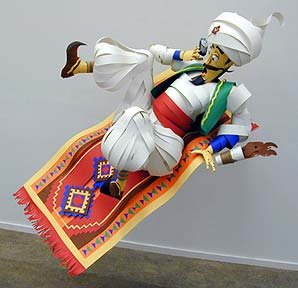
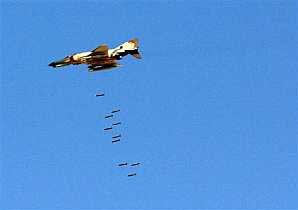




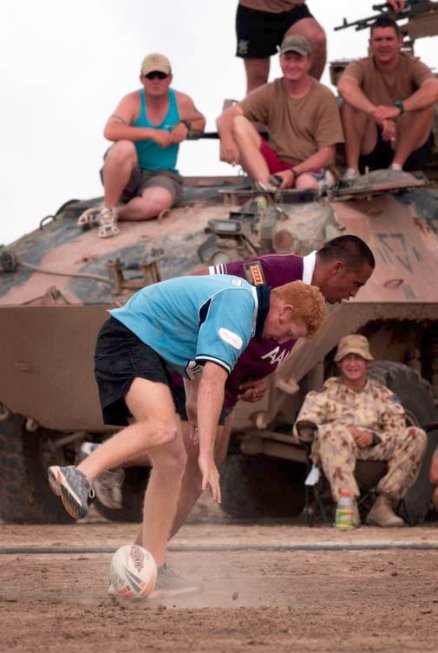
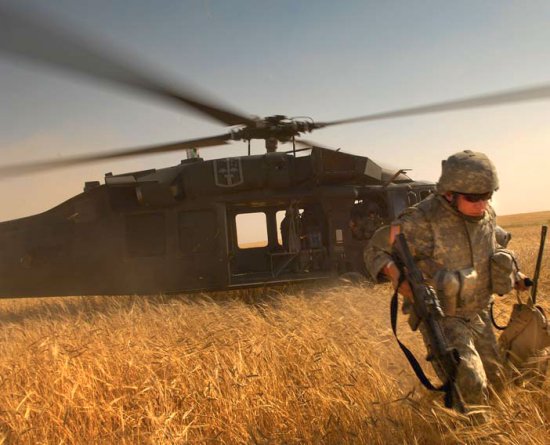
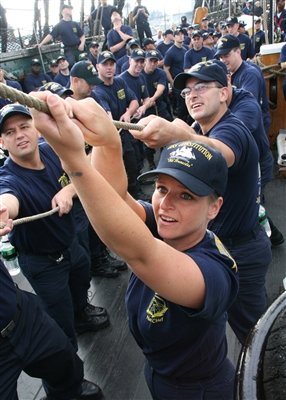
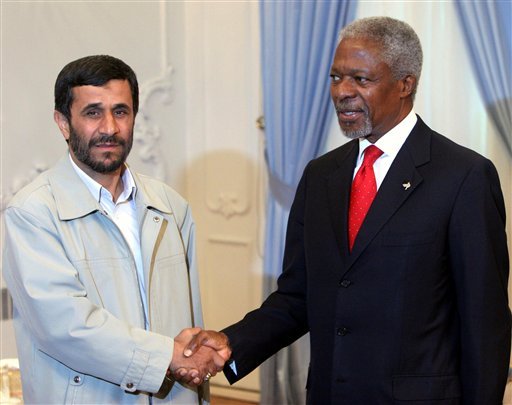
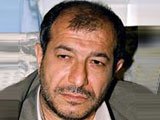
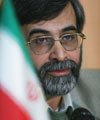




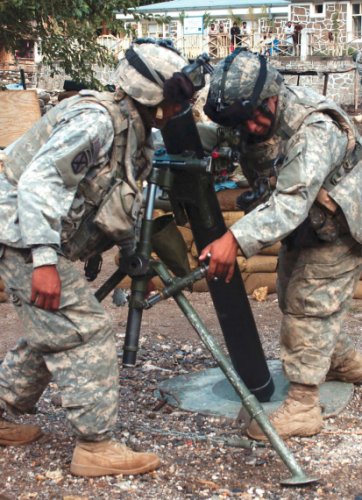
Recent Comments